Date: March 29 2022
Location: Brookwood, Surrey, United Kingdom
Distance: 8km
It’s been about 2 months since my last “walk”. I’ve been walking a lot during the last couple of months but due to some injuries and it being rather snowy and not the nicest weather in Canada, I put a bit of a pause on the project. Now that spring is around the corner and I’m in the UK for a while, I thought I’d pick up on the walks and I started with…a rather odd choice perhaps?
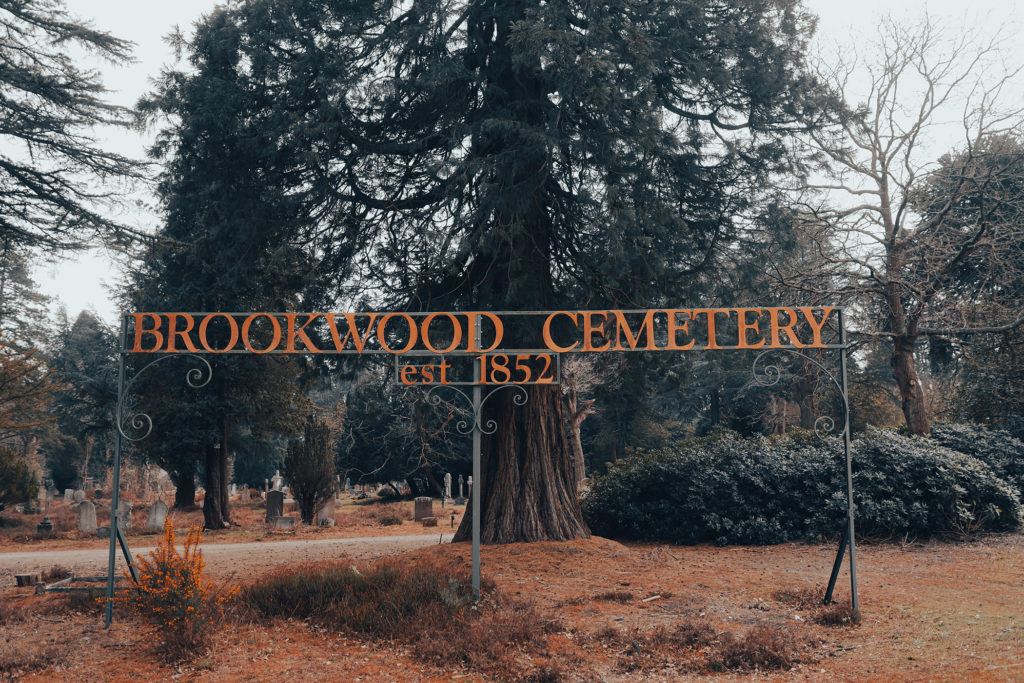
Brookwood Cemetery came up while I was looking for other walks in the area and I’d remembered that I wanted to visit it but hadn’t had the chance. It might seem like a weird place to go for a walk but I find the old Victorian cemeteries to be not only fascinating but rather peaceful as well.
Brookwood Cemetery is the largest cemetery in the UK and one of the largest in Europe, it’s located near Woking in Surrey and was originally called the London Necropolis. As London began to run out of room in it’s own burial grounds, Brookwood became the new site in the 1850’s, complete with it’s very own Necropolis train that would take mourners and the deceased from Necropolis Terminal near London Waterloo and bring them to Brookwood, the train would then switch onto a special track that ran through the cemetery to two stations.

The cemetery has many different sections devoted to different faiths, different periods of time and different status. It’s the site of the first Muslim cemetery in Britain and there have been almost 1/4 million burials in the 500 acre site.
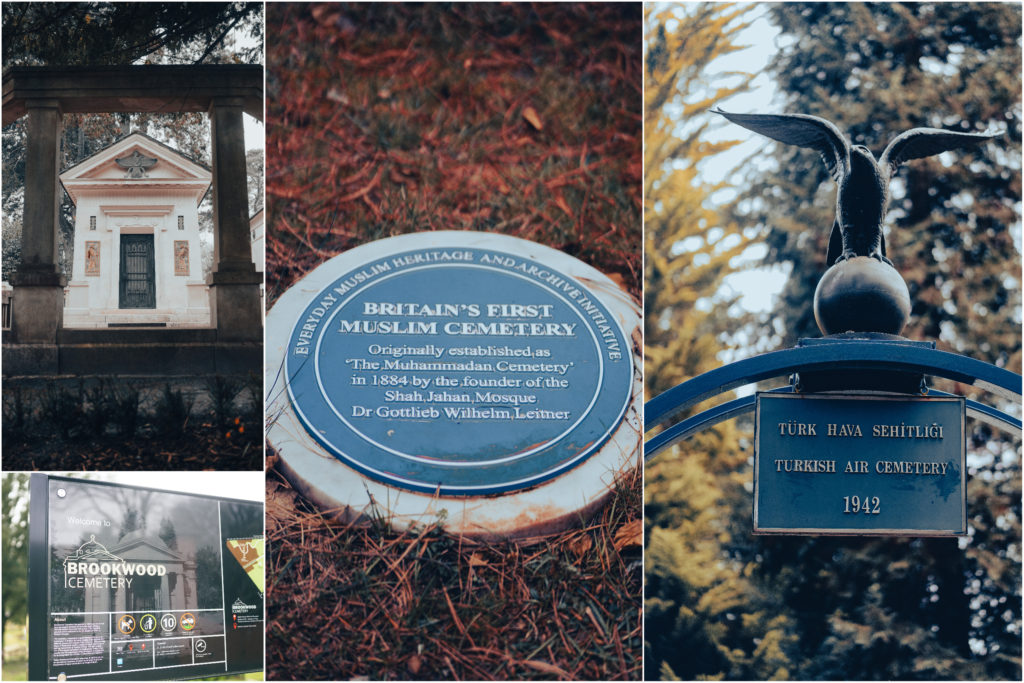
I left the adjoining Brookwood Station (the same one that the Necropolis train would have passed through) and entered the cemetery near the Muslim section. Right away it was fascinating to see the different styles of headstones and monuments, some were as large as a small house and some were simple. The cemetery is listed as a park and has maps and information dotted throughout, including QR codes posted in front of notable burials and points of interest.
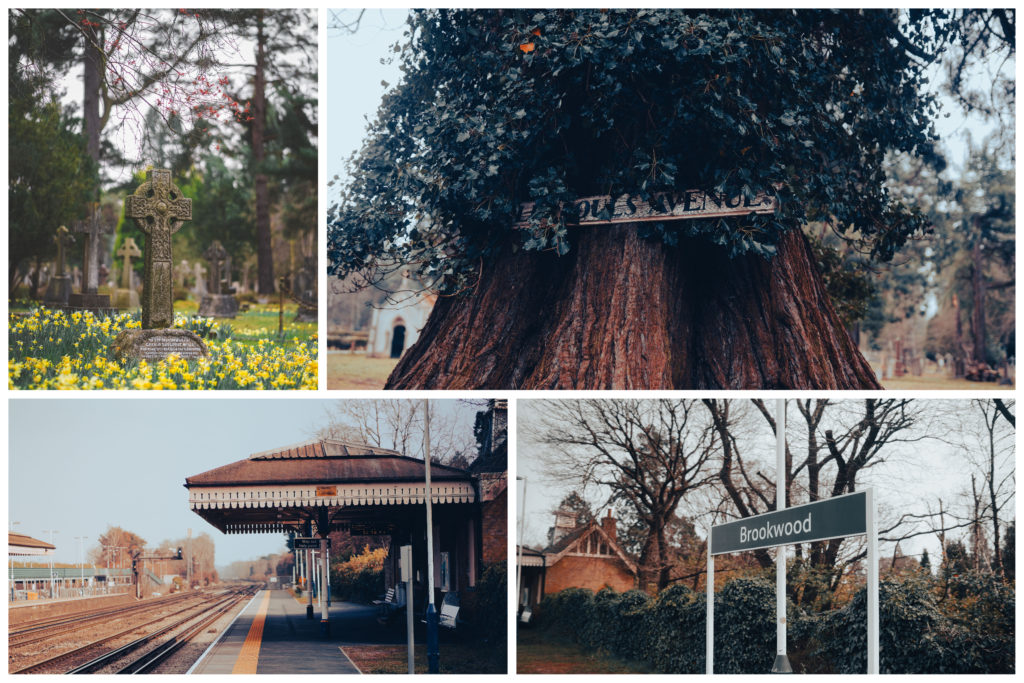
After walking through this section I entered the Military cemetery, turning into the large Canadian burial section. There’s over 3500 commonwealth soldiers buried in the military section and the Canadian area was quite striking, seeing rows and rows of white headstones with maple leaves was quite a visual. One of the main entrances to the cemetery is located near the Canadian records building and has quite the visual approach with a long avenue of tall trees.
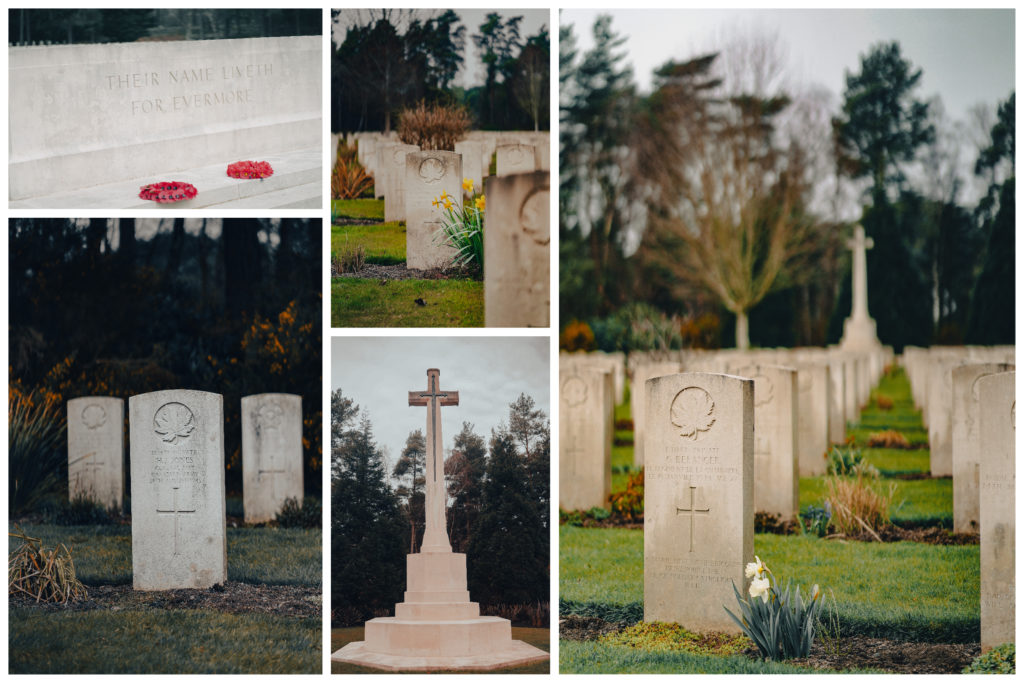
The entire cemetery was designed with nature in mind and local horticulturalists were hired to plant flowers, shrubs, and trees that would enhance the ambiance. There are giant Sequoia trees throughout the cemetery and it was hard to capture the scale of how big the trees were in relation to the space.
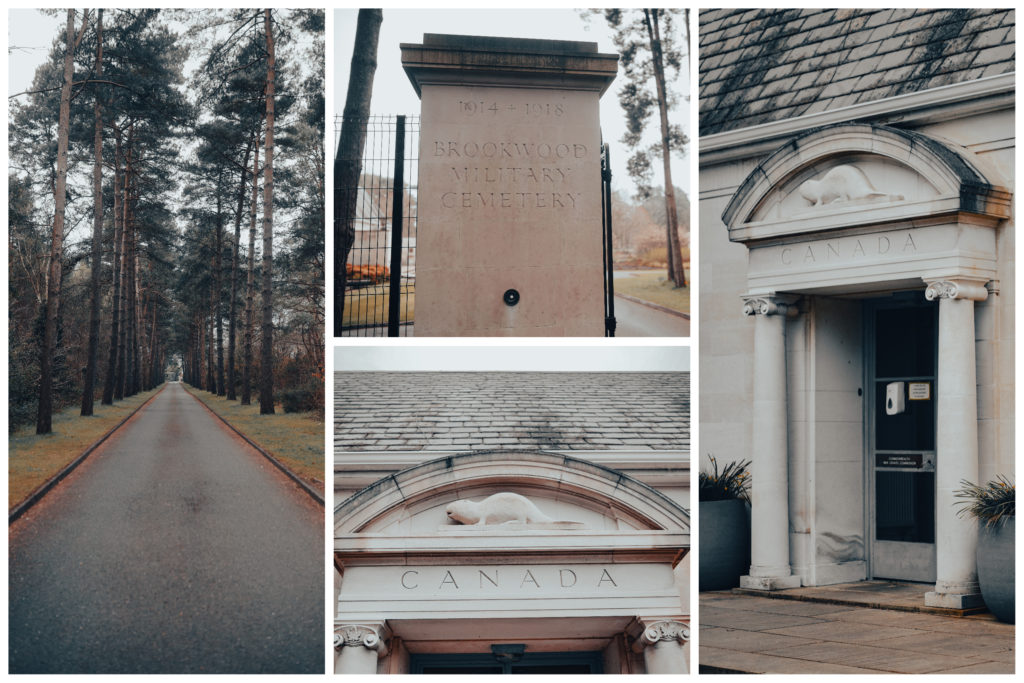
Next to the Canadian section of the military cemetery is the American section, which again formed quite a striking visual, the white crosses lined up in front of a small chapel. (Horror movie buffs may remember seeing it in the movie The Omen). Surrounding the American section were smaller plots dedicated to French, Belgian, Polish, Czech, and Italian soldiers.
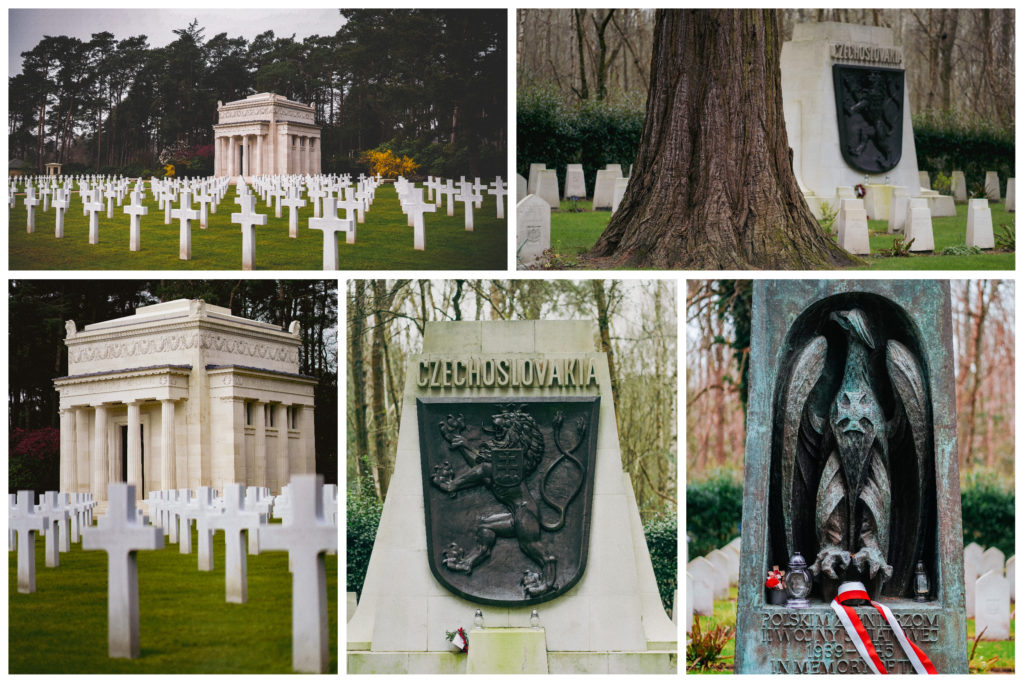
After heading back out of the military cemetery I continued walking along the main road (called Long Avenue) and then along the former train line that ran through the cemetery, there was an obvious raised area where the tracks would have been. The cemetery is split into two by a rather busy road and I crossed this and continued on into an older section of Brookwood.
It might sound a bit morbid, but I find these old cemeteries quite fascinating, to see the different designs and how people have chosen to remember their loved ones. Sometimes I would catch a glimpse of a name and below it would say “Opera Singer” or “Sculptor” and it made me think of all the stories and lives that were lived.
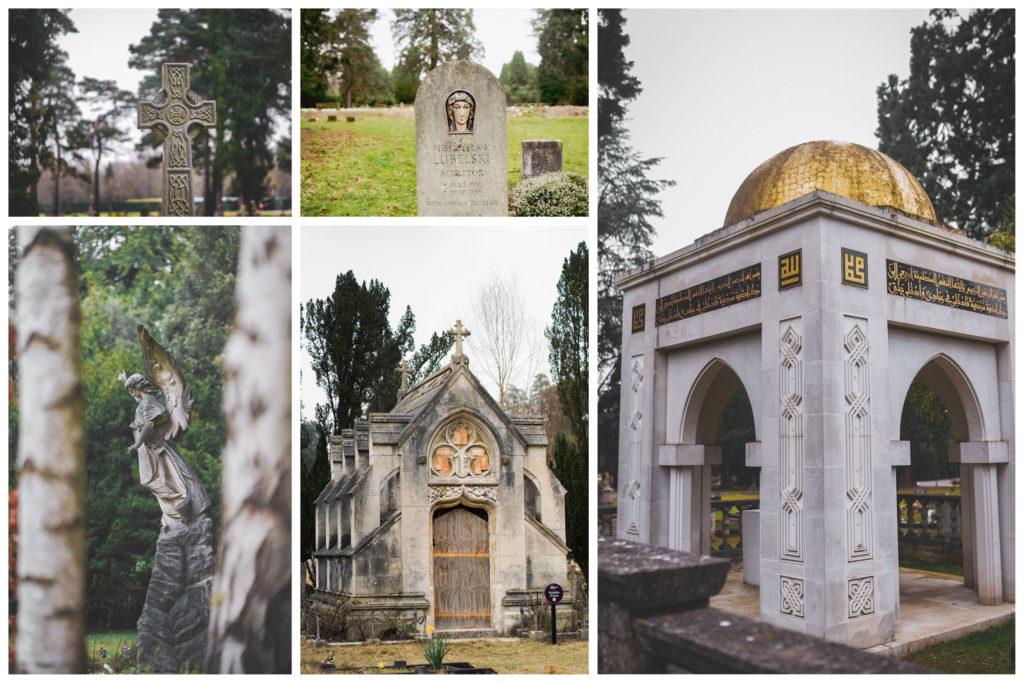
I continued through this section and walked toward the Church of St. Edward the Martyr, a newer church that was built in the 1980’s to serve as the church and shrine of the relics of teenage former King, Edward the Martyr who was killed in the 10th century. The relics and church are served by a brotherhood of monks who live in a set of buildings next to the church. The monks were just opening the church for their daily service when I walked by but I didn’t know if it was open to the public to didn’t go in.
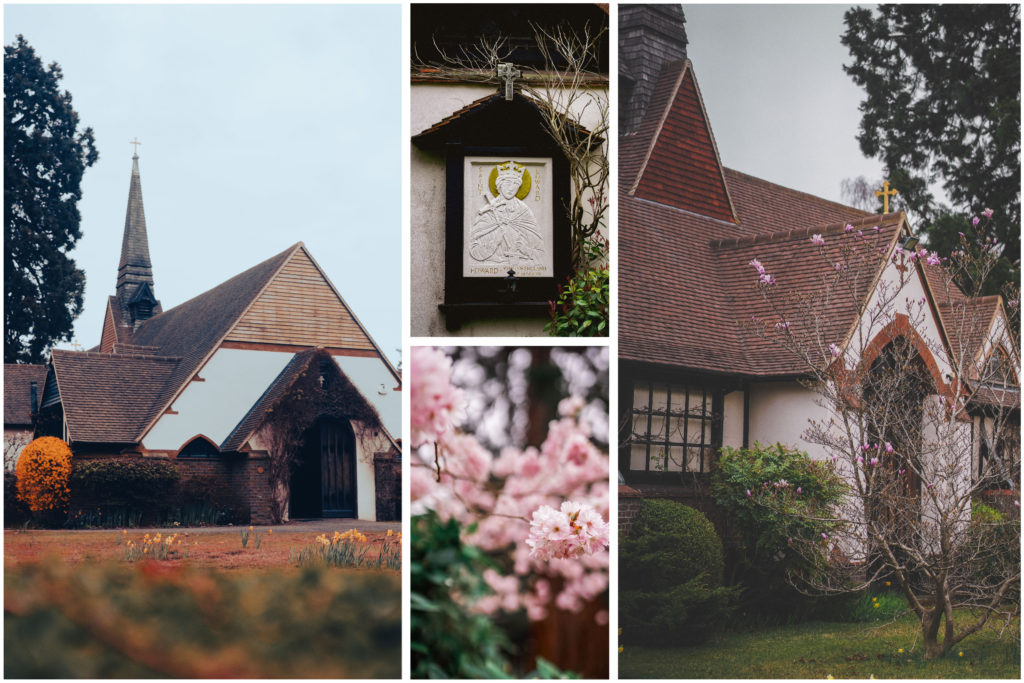
I continued walking in the nearby sections, called The Ring, which is designed in a sort of labrynth of circular paths, the mausoleums and markers in this area are from the early years of the cemetery and many are in disrepair and crumbling, it was interesting to see nature pushing it’s way through.
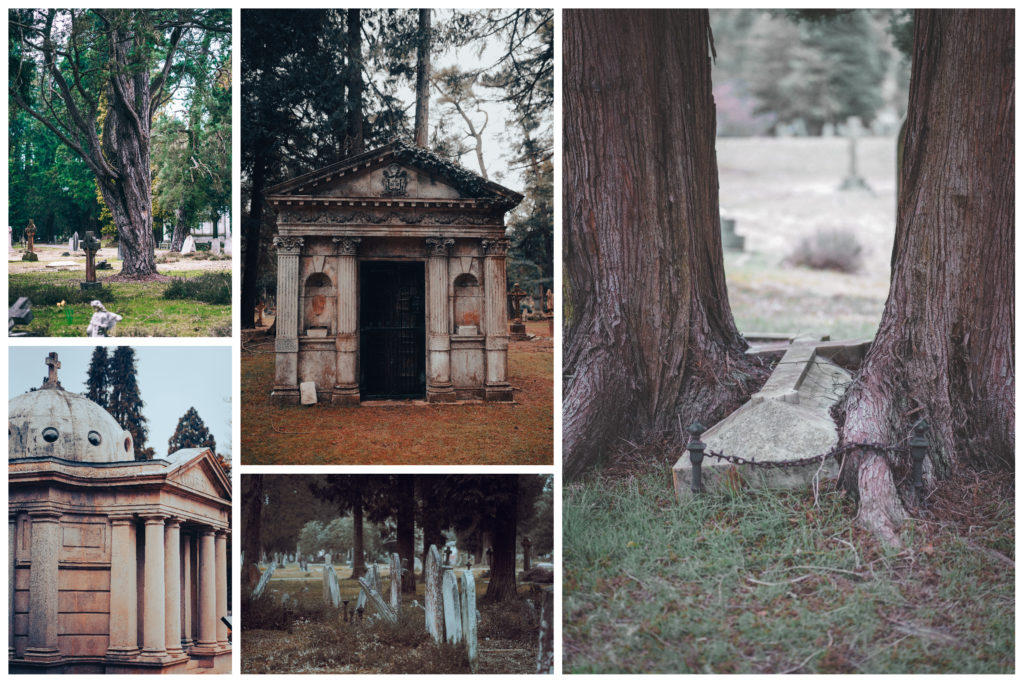
In the far corner of the cemetery is a small chapel called the Colquhoun Chapel, it was restored fairly recently after becoming lost in thick overgrowth. It’s amazing to think an entire chapel was completely lost inside the vines and flowers.
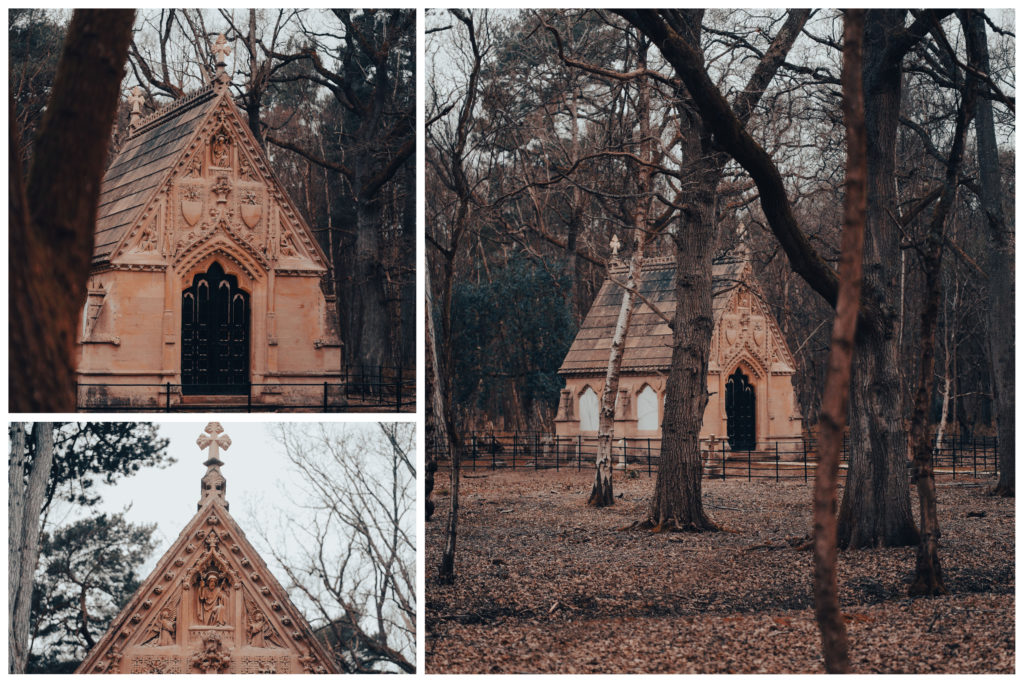
After walking back along the main path and rejoining the northern section of the cemetery I started back toward the train station passing through the large redwood trees and along the quite pathways.
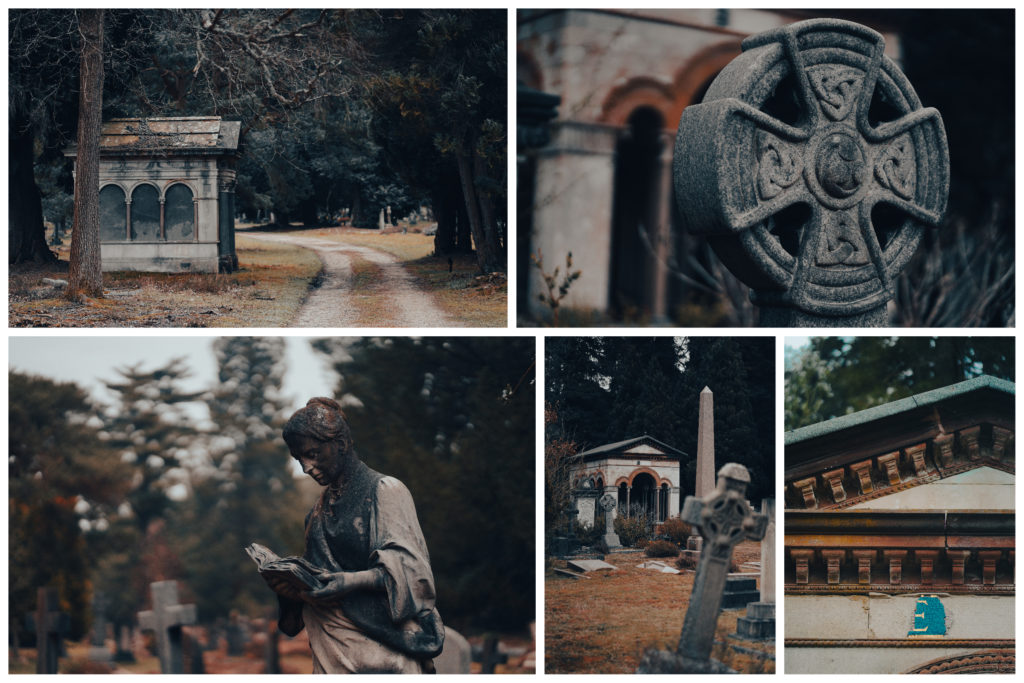
The cemetery has several notable burials including Dame Zaha Hadid, the former Sultan of Oman, the last King of Yemen, the author of Rupert Bear, survivors of the Titanic and many politicians, authors and artists. It was almost impossible visit the entire site in the 3 hours I was there.
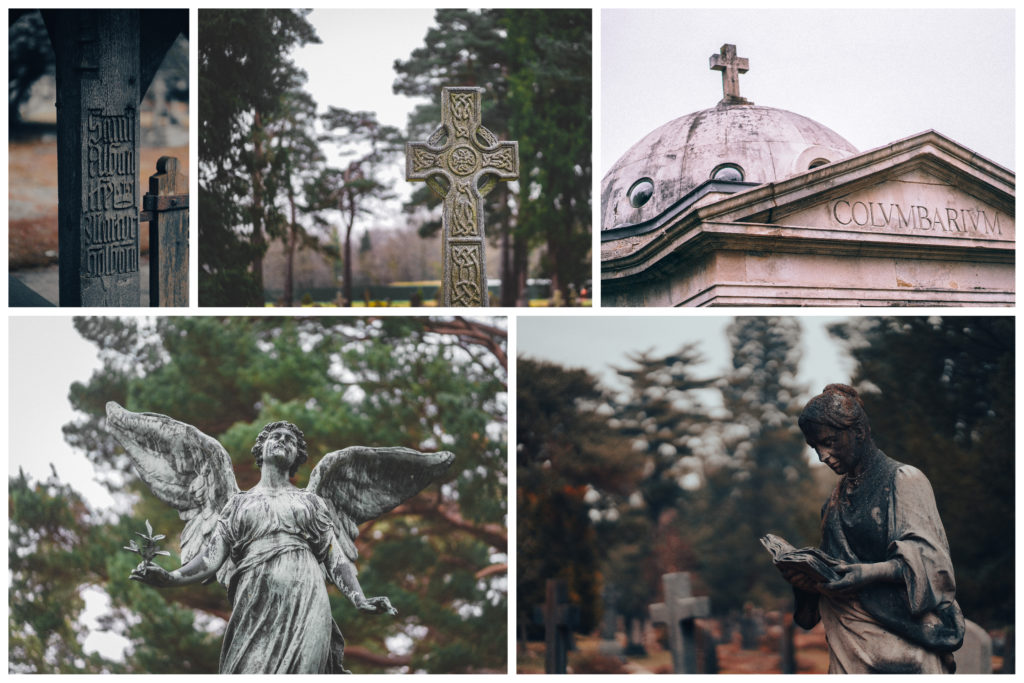
All in all it was a really interesting and quiet place to wander for a few hours. I enjoyed learning about the notable burials and seeing the natural state of the massive area, the trees dominated the entire space and at times made it feel like I was walking through a forest and not a cemetery.
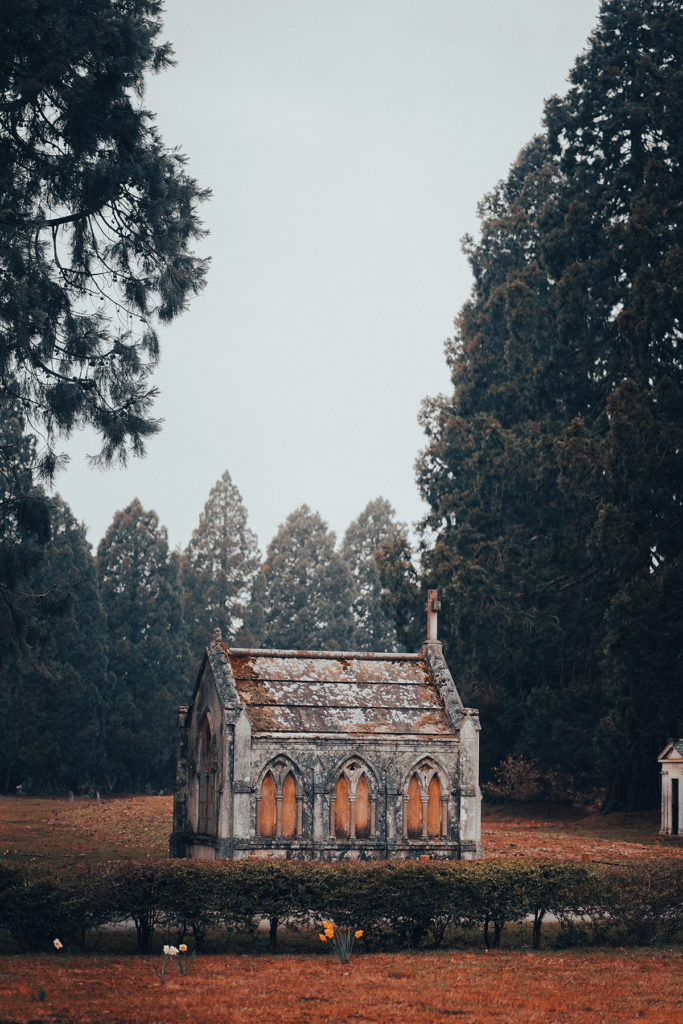
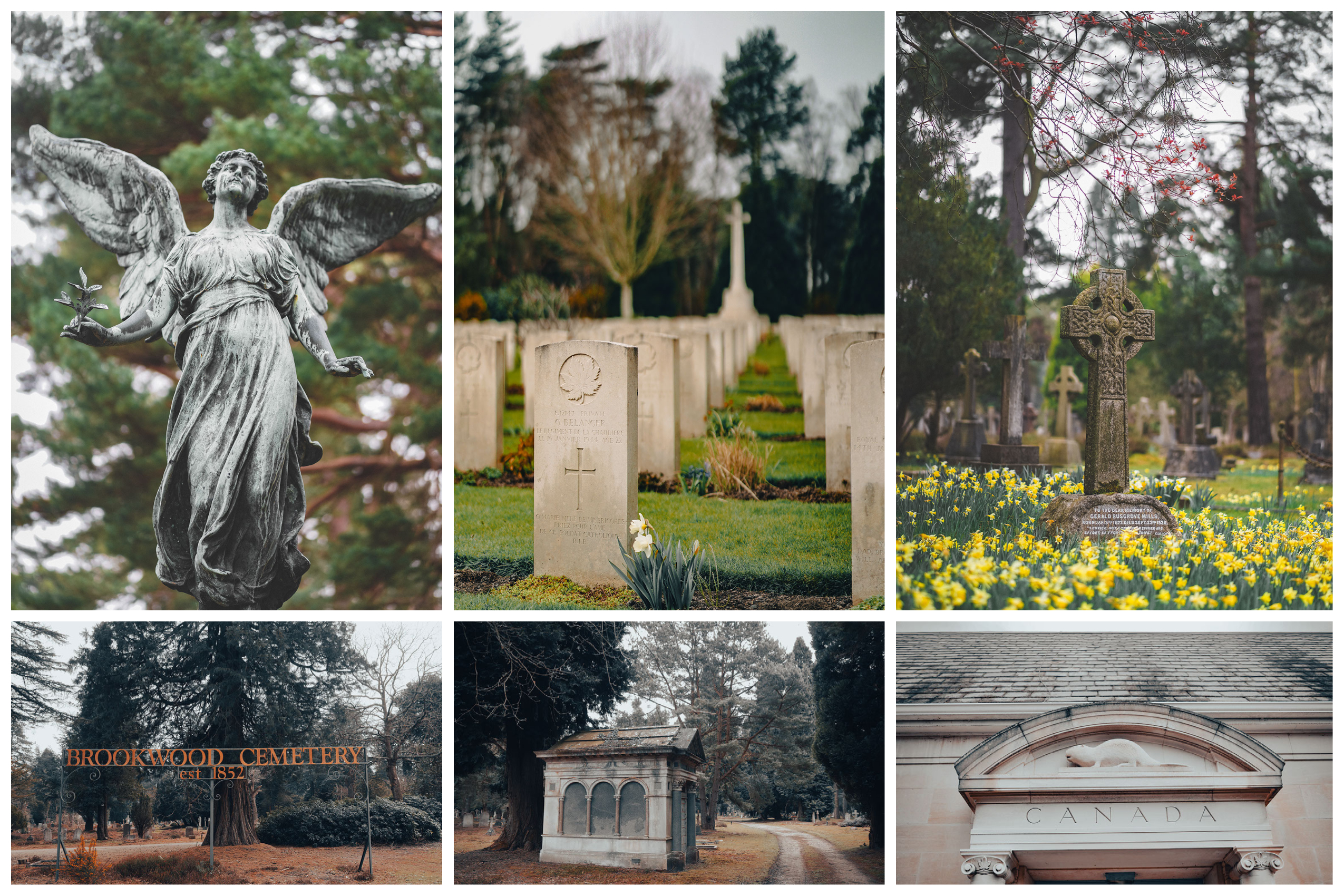
Hi Joel,
Great photographs
Did you have to get a permit.
I heard it was privately owned and the security people stop you if they see you snapping.
Best wishes,
Matthew
Hi there,
I didn’t have a permit, I imagine if you’re just walking around you’ll be fine but they do use the area for filming so likely larger scale would need a permit. I didn’t see any security aside from someone near the American section.